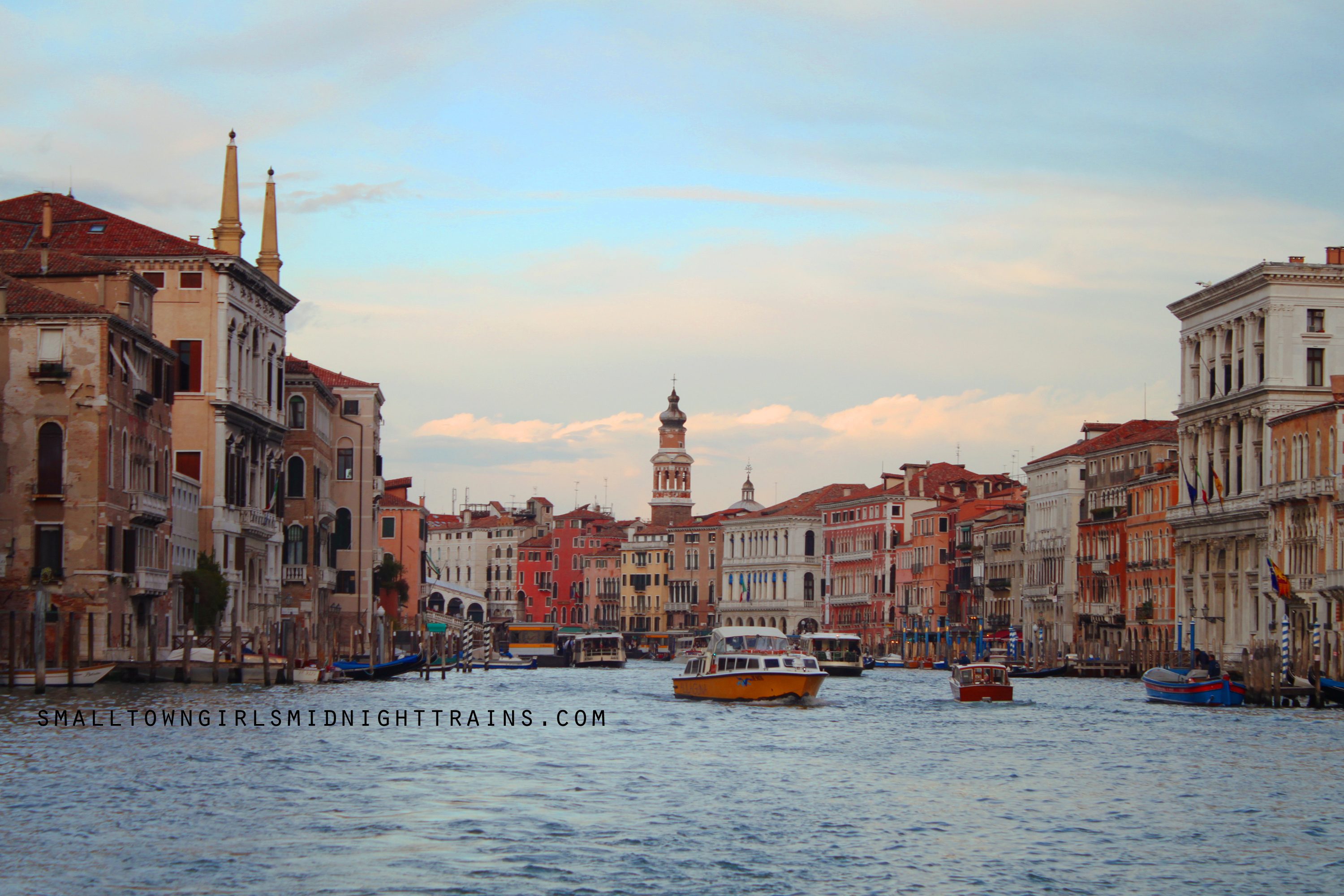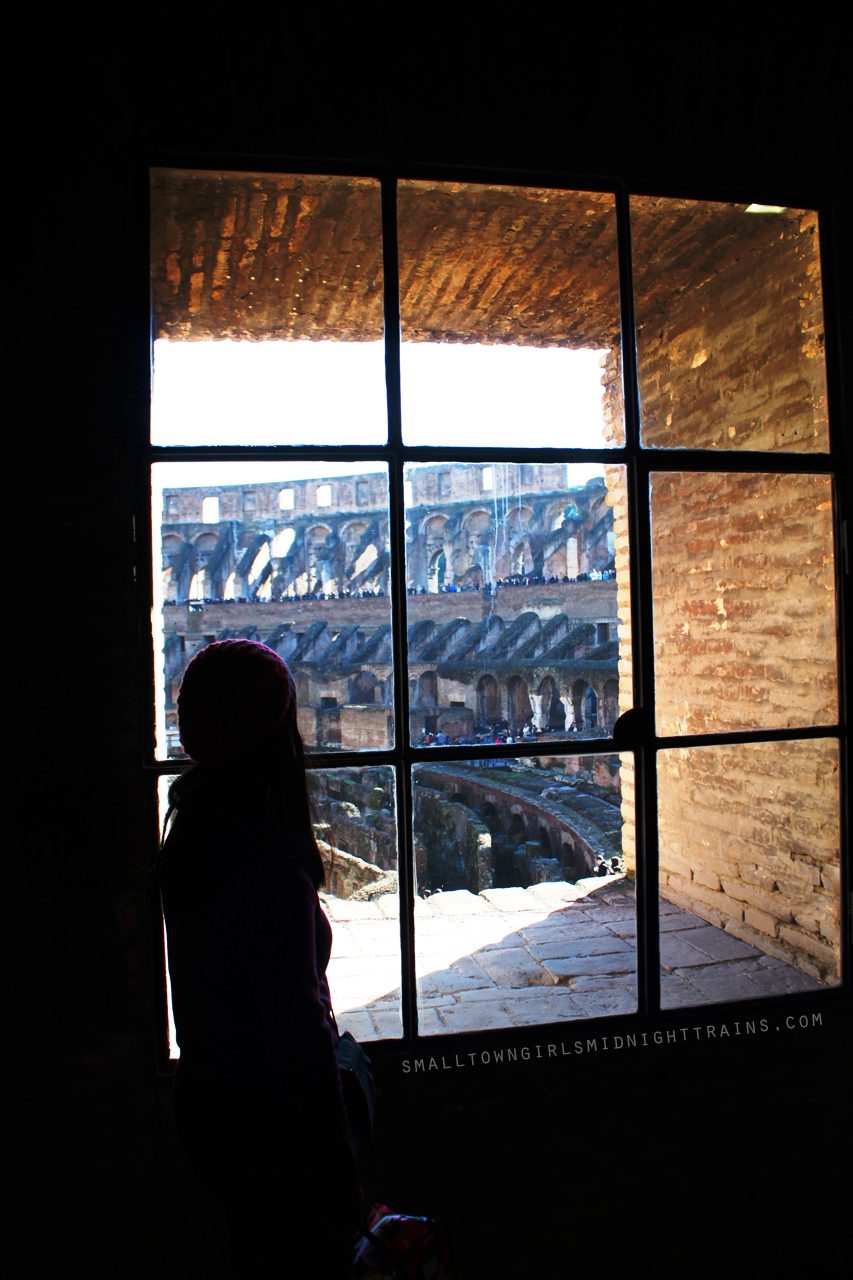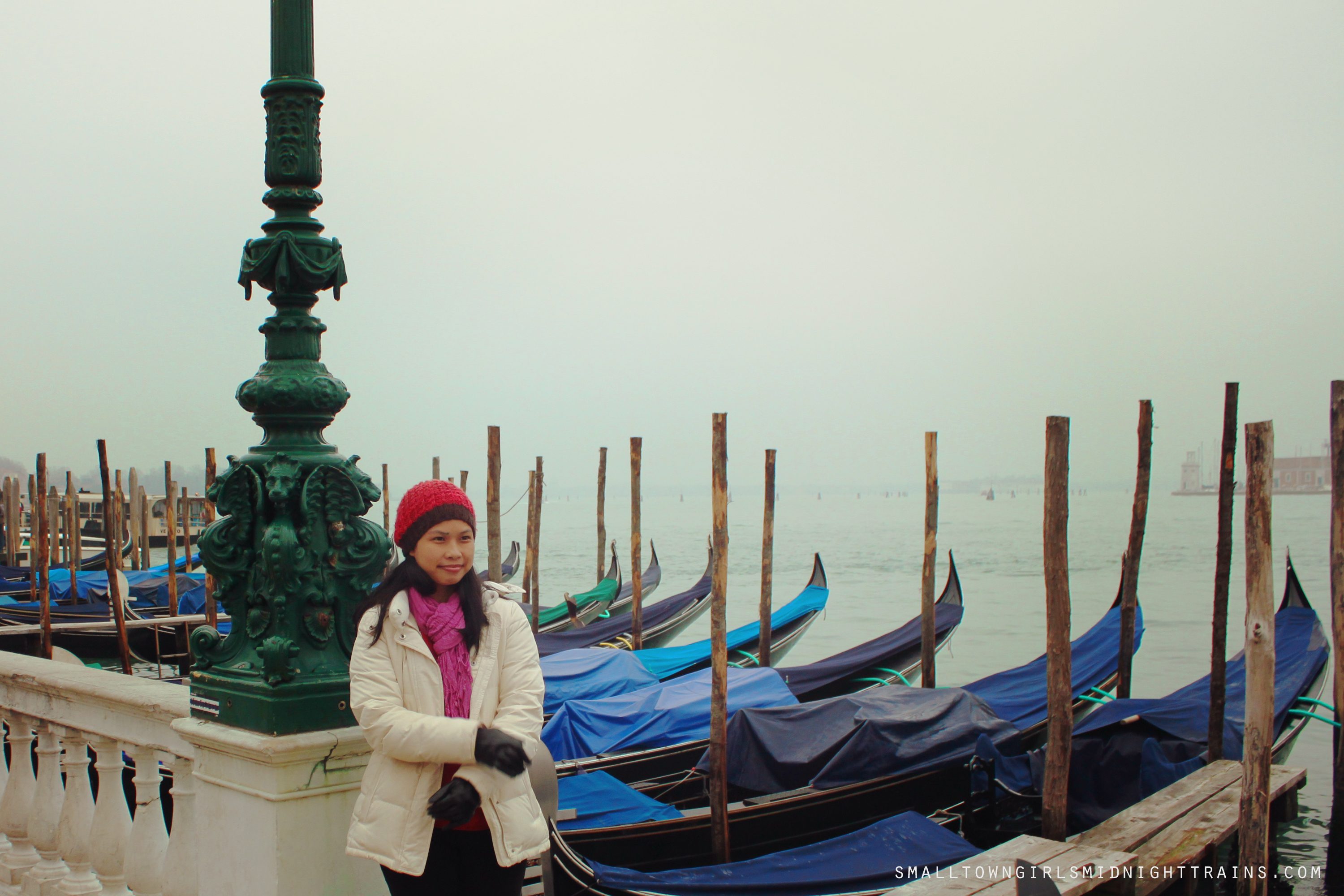SUMMARY
This is AI generated summarization, which may have errors. For context, always refer to the full article.

Truly, Italy is a traveler’s dream. It’s a country that can satisfy a variety of tastes, from an audience with the Pope to a feast of art in Florence, a stroll through Tuscan vineyards or a gondola ride in Venice. And, of course, literal tastes too: gelato, risotto, pizza, pasta, coffee and wine, all day, everyday.
To travel to Italy and/or other European countries that belong to the Schengen area – such as France, Germany, Spain, and Greece – you will need a Schengen visa. This visa lets you enter any of the Schengen countries, so you won’t need separate visas for, say, Spain and Italy.
Where should you apply for a Schengen visa?
Even though a visa from one Schengen country is good for all Schengen countries, you can’t file your application just anywhere you wish.
It should be lodged at the embassy or consulate of the country that constitutes the main destination of your trip. For most tourists, this means that the country you’re staying in the longest is where you should apply for a visa.
For example, see: 11 Days in Europe: Paris, Venice and Rome Sample Itinerary – if you’re following this itinerary, you should get a visa from the Italian embassy.
The good news is – if you’re only visiting Italy or staying there the longest – applying for a Schengen visa through the Italian embassy is a fairly straightforward process.

First of all, unlike for many other Schengen countries, you don’t need an appointment to submit your documents at VIA Center, the facility that handles the visa application process for Italy. Another good thing is that VIA has offices in both Makati and Cebu, so you can choose whichever location is more convenient for you.
(In my case, I submitted my application in Cebu: I walked in after lunch, was entertained right away, and finished the whole process within an hour.)
Get a visa in 3 steps:
1. Prepare the required documents (see list below).
2. Go to your VIA Center of choice – submit the requirements and have your biometrics taken.
3. Wait for your passport (with the visa, hopefully) to be delivered to your address.
What documents do you need to prepare?
The VIA website contains comprehensive information for all types of travelers to Italy and other Schengen countries, including:
- Short-term visitors (tourist visa, business visa, mission visa, religious visa, study visa)
- Long-term visitors (family reunion visa, mission visa, religious visa, study visa, subordinate employment visa, re-entry visa, visa for spouse/parents/child of Italian citizen)
- Seafarers (transit or work visa)
For tourists who will be staying in the Schengen area for 90 days or less, these are the requirements*:
- Visa application form
- One (1) recent colored photo – passport-sized or 2×2 – with white background
- Travel documents
- Valid passport, plus photocopies of biographical page, last page, and pages with visas and immigration stamps
- Old passport(s) if available
- Complete, detailed, day-to-day itinerary (get a sample template here)
- Confirmed round trip flight booking
- Proof of financial means of the applicant (or, if a minor, of the parents or legal guardian)
- Bank certification – supported by passbook or Statements of Account from the past six months
- International credit card statements, if available
- Real estate property title-deed, if applicable
- Proof of occupation
- For employees: Certificate of Employment and approved Leave of Absence
- For self-employed: business license/permits, BIR registration and Financial Statement/Income Tax Return
- For government employees: approved Travel Authority
- For professionals: PRC card
- For students: Certificate of Enrolment and approved Leave of Absence (if traveling during the school year)
- Travel health insurance
- Coverage of at least 30,000 euros
- With 15 days allowance beyond travel period
- Should be issued by Schengen-accredited insurance companies
- Accommodation
- Hotel booking under the name of the traveler
- If staying with a relative:
- Letter of invitation (format)
- Document of identity, proof of citizenship or permit of stay from the inviting person
- NSO documents to prove relationship
- Birth certificate issued by the NSO/PSA
- Marriage certificate (if applicable) issued by the NSO/PSA
- Proof of family ties in the Philippines (such as birth certificates of children)
- For minors and students: Affidavit of Support and Consent from both parents
- For minors not traveling with parents: DSWD clearance
- Fees
- Visa fee – €60
- VIA service/handling fee – P1,100
*Note: This list of requirements is valid as of 7 January 2017. If you are reading this article at a significantly later date, please verify the list of requirements at the VIA website.

Other documents that are not specified in the VIA checklist but would be helpful and might be required:
- Cover letter, addressed to the Italian consul, explaining the purpose of your trip (get a sample here)
- Transfer tickets (train/coach/plane/etc) within Schengen cities
- Latest personal income tax return (ITR)
Is personal appearance needed?
Generally yes, because your biometrics will need to be taken.
How much “show money” should I prepare?
That’s a tricky question and it needs a longer answer. See: “Show Money” for tourist visa applicants: How I do it (and you can, too).
What if someone else is paying for my trip?
Ask him/her to execute an Affidavit of Support and have it notarized/authenticated. (Get a sample here.)
I have documents X, Y, and Z — will I be able to get a visa?
The only person who can answer that question with absolute certainty is the person who has reviewed all the documents you’ve submitted and is actually the one who will approve or deny your visa application. No blogger or travel agency can give you a legitimate guarantee of approval.
However, I’ve found that the consulates of most Schengen countries are generally fair and will carefully consider all the information you’ve submitted. Moreover, the people who will receive your documents – in my case, the wonderful ladies at VIA Cebu – will go through them one by one to make sure they’re complete and will advise you if there’s something you can do to improve, say, your cover letter.
So: just prepare your application as meticulously as you can and you will have as good a chance as possible of getting a Schengen visa.
Good luck! And don’t forget to toss a coin into the Trevi fountain so you can come back. – Rappler.com
Gaya is a travel blogger from Cebu whose background in psychology and medicine has taken a backseat to her passion for writing and traveling. Her main occupation is spamming her friends’ Facebook feeds with travel articles she’s published in her blog Small-Town Girls, Midnight Trains, but for bread and butter she takes on writing and healthcare-related projects from home. Her bucket list includes taking her family to Rome, seeing the northern lights from the Scottish highlands, and walking the Camino de Santiago.
Add a comment
How does this make you feel?
There are no comments yet. Add your comment to start the conversation.